Our Products
More Information
Email us: [email protected] Need Help? Call us on: 0203 846 0345
Free, Fast Delivery Over £750
10 Year Guarantee
Price Match Promise
3500+ Doors Sold A Week
Expert Advice
Blog » How to Paint Interior Woodwork: A Guide to a Fresh Look
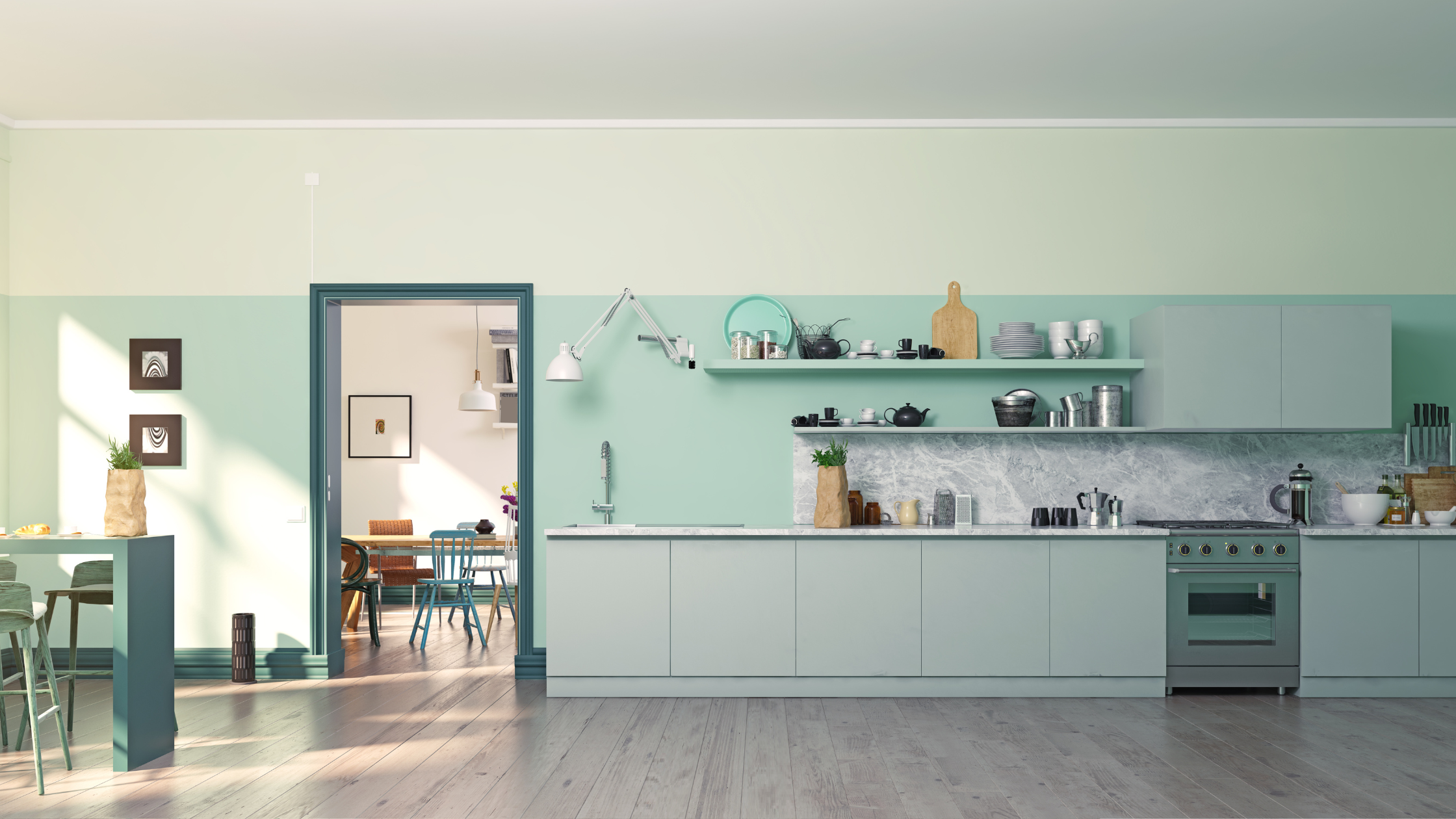
This guide will walk you through the process of how to paint interior woodwork, including a specific section dedicated to tackling interior doors.
Transforming your interior space with a fresh coat of paint doesn’t just stop at the walls. Painting your interior woodwork (whether that’s built in cupboards and wall panelling or internal doors and window frames) can significantly enhance the overall aesthetic and create a cohesive feel in your home.
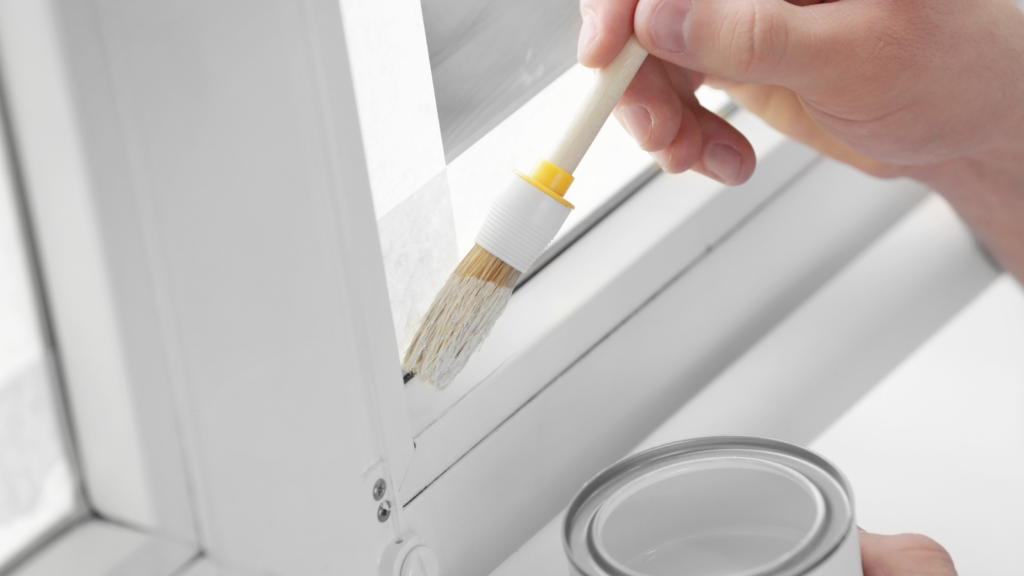
Gather your supplies
Drop cloths, painter’s tape, putty knife, sandpaper (various grits), wood filler (for any imperfections), primer, paint, brushes (different sizes), roller, and a paint tray.
Choose the right paint
Buy water-based paint specifically designed for interior woodwork. Consider factors like sheen (flat, satin, or semi-gloss) and desired colour.
Protect the surrounding area
Lay down drop cloths to cover the floor and furniture. Use painter’s tape generously to mask off areas you don’t want painted, like walls, ceilings, and hardware.
Take a look at how to prepare and paint interior woodwork. We like these guides from Which? and The Spruce.
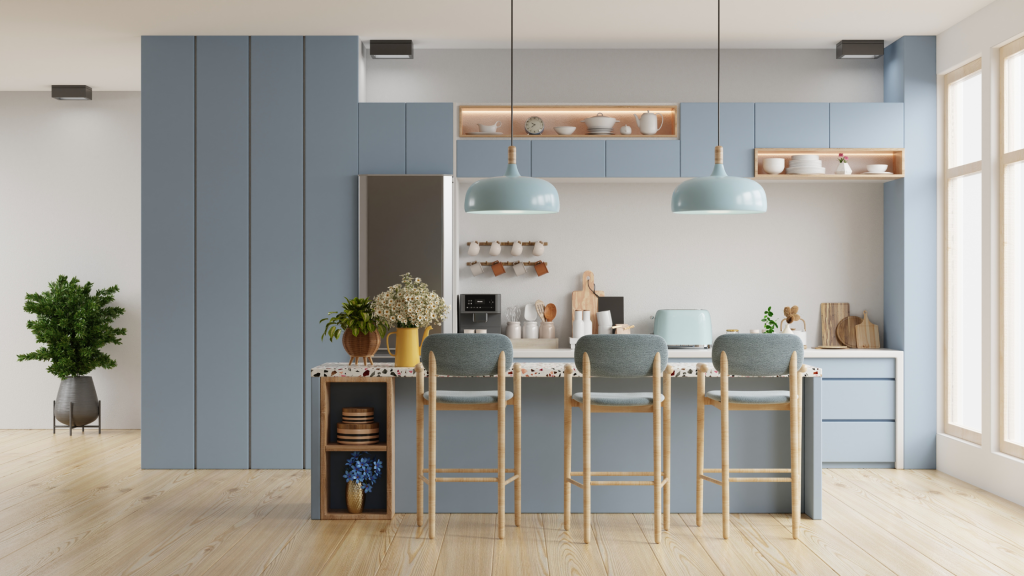
Clean the woodwork
Remove any dirt, dust, and cobwebs with a damp cloth and a mild detergent. Allow the surface to dry completely.
Fill imperfections
Address any cracks, holes, or dents with wood filler. Apply according to the manufacturer’s instructions, let it dry thoroughly, and sand smooth with fine-grit sandpaper.
Sanding
Sand the entire surface lightly with medium-grit sandpaper, paying close attention to smooth out any uneven areas or bumps. Wipe away dust with a damp cloth and allow the surface to dry completely.
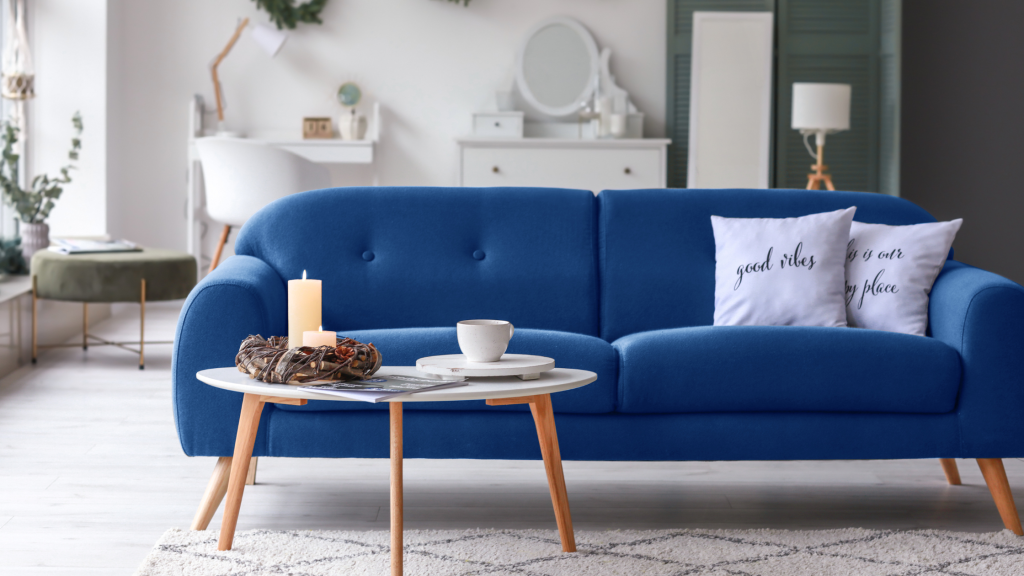
Apply primer (optional)
For bare wood or previously painted surfaces in poor condition, apply a coat of primer suitable for your chosen paint. This helps the paint adhere better and provides a smoother finish.
Start with the details
Use a brush to paint intricate areas like mouldings, corners, and edges.
Paint the larger areas
Use a roller for flat surfaces like baseboards and doors. Apply the paint in smooth, even strokes, working your way from top to bottom. Apply thin coats and allow each coat to dry completely before applying the next.
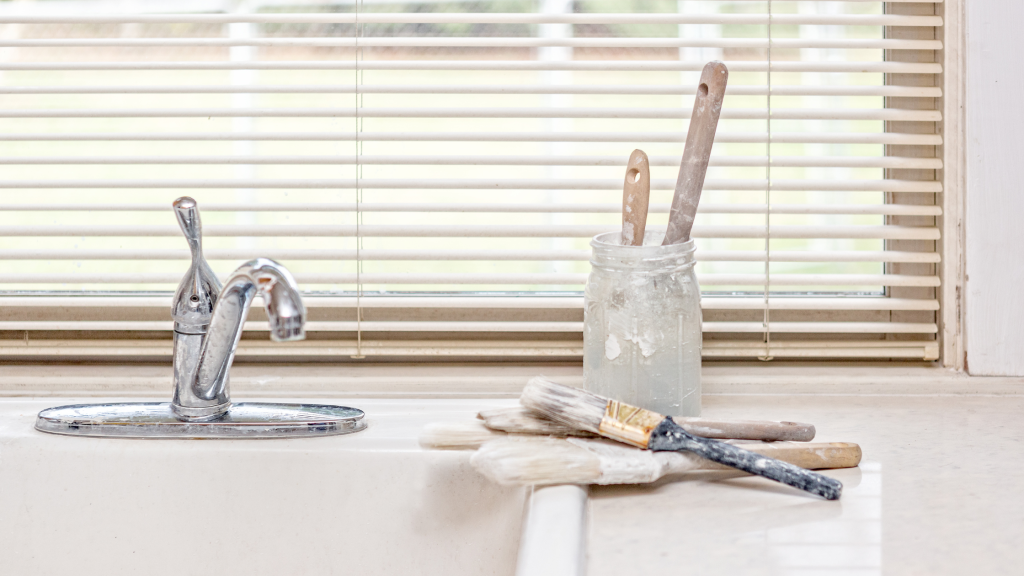
Once the final coat of paint is dry, carefully remove the painter’s tape. Use a sharp utility knife to gently cut along the edge of the tape to avoid peeling the paint. Then simply reattach the hardware and clean up any paint splatters. Also, take care to:
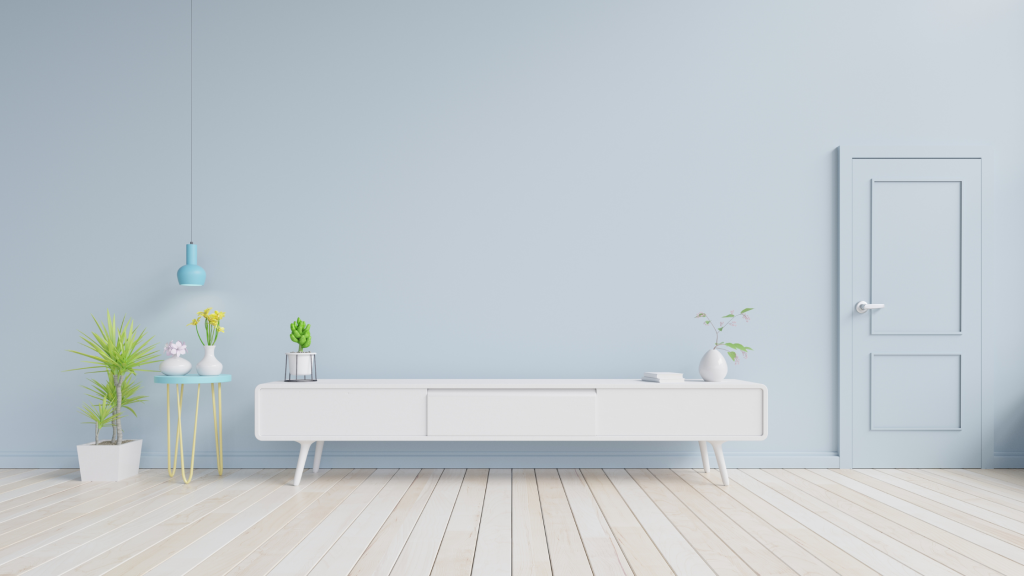
If possible, remove doorknobs, handles, hinges, and any other hardware to avoid paint splatter.
Next, decide whether to paint the door on or off its hinges. Painting the door while on its hinges allows you to paint both sides at once, but requires careful manoeuvring around the hardware area. Taking the door off provides better access but requires a designated work area.
Follow the same preparation and painting steps as outlined above. Pay close attention to details like the panels, edges, and around the hardware mounting points.
Overall, smooth doors are far easier to paint than grained or knotty doors. Designs with grooves, raised panels or intricate designs can also be a little more complicated to paint.
Access extra tips on how to paint internal doors and how to paint internal French doors with our more in-depth articles.
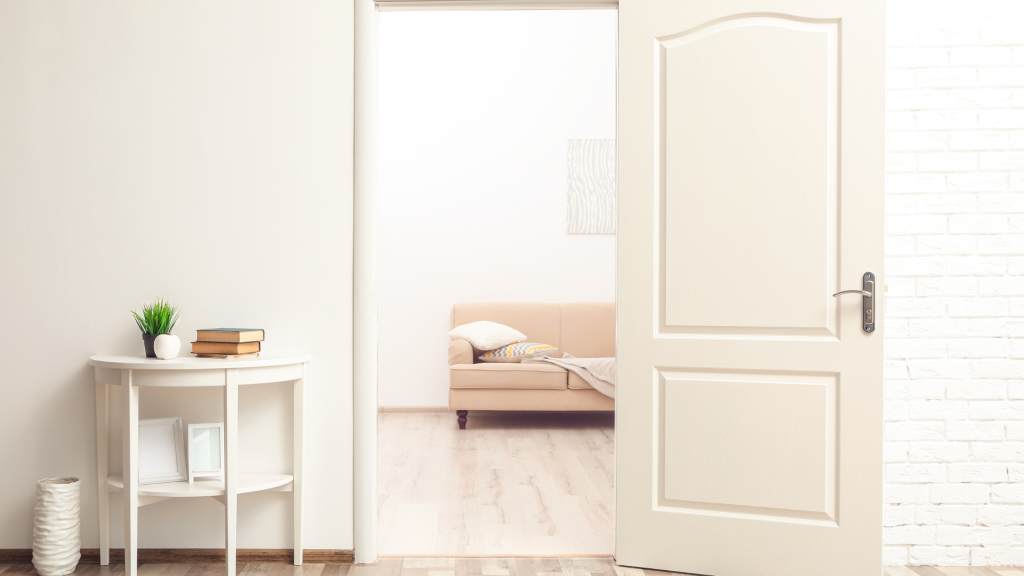
Still wondering how to paint interior woodwork when it comes to doors? It’s all about the design you choose…
Unfinished doors are exactly what they sound like: doors that are not pre-painted, stained, or varnished when you buy them. They typically arrive pre-sanded but otherwise untreated, offering a blank canvas for you to customize the final appearance.
They allow you to choose the exact paint colour, stain, or finish that best suits your décor and personal taste. Especially helpful if you’re looking for a specific shade that might not be readily available in pre-finished options.
Unfinished doors are a popular choice for DIY enthusiasts who enjoy taking on painting or staining projects. However, it’s important to remember that achieving a professional-looking finish requires careful preparation, proper application techniques, and adequate drying time.
Buy unfinished doors online direct from us. Browse our unfinished doors collection and place your order today.
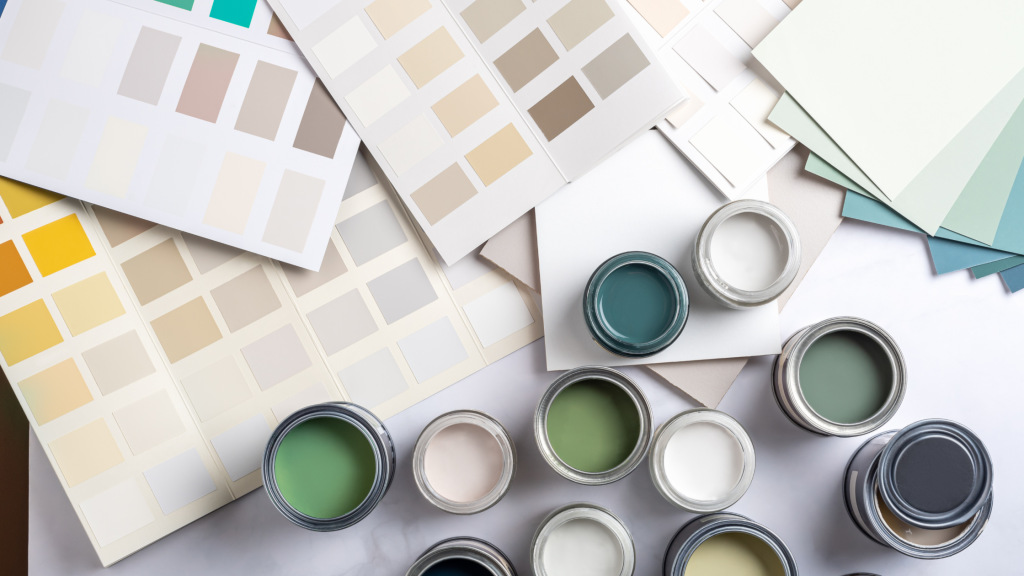
While any door can technically be painted, some types are generally considered better suited for painting than others due to their material properties, durability, and ease of preparation. Here’s a breakdown of the most common door materials and their suitability for painting:
Solid wood doors: These offer the best surface for painting due to their natural, absorbent nature. They readily accept paint and provide a smooth, even finish. However, solid wood doors can be more expensive and susceptible to warping and moisture damage if not properly sealed.
MDF (Medium-Density Fibreboard) doors: MDF is a popular and cost-effective option for painted doors. It has a smooth, uniform surface that takes paint well and is less prone to warping than solid wood. However, MDF can be susceptible to moisture damage if not properly sealed with primer and paint.
Hollow core doors: These are lightweight and affordable but have a hollow core made of cardboard or honeycomb material. While they can be painted, their hollow construction can make them feel less substantial and might require extra attention to filling and priming to achieve a smooth finish.
Fiberglass doors: These are durable and weather-resistant, making them suitable for entry doors or areas with moisture concerns. However, their smooth, non-porous surface requires special primers designed for adhesion before painting.
Veneered doors: These have a thin layer of real wood applied to a core material like MDF. While technically possible to paint, the process is generally not recommended as the heat from paint removal or incompatible paints can damage the veneer.
Pre-finished doors: These doors already have a factory-applied finish and painting them is not advisable. Attempting to paint them can damage the existing finish and compromise the door’s warranty.
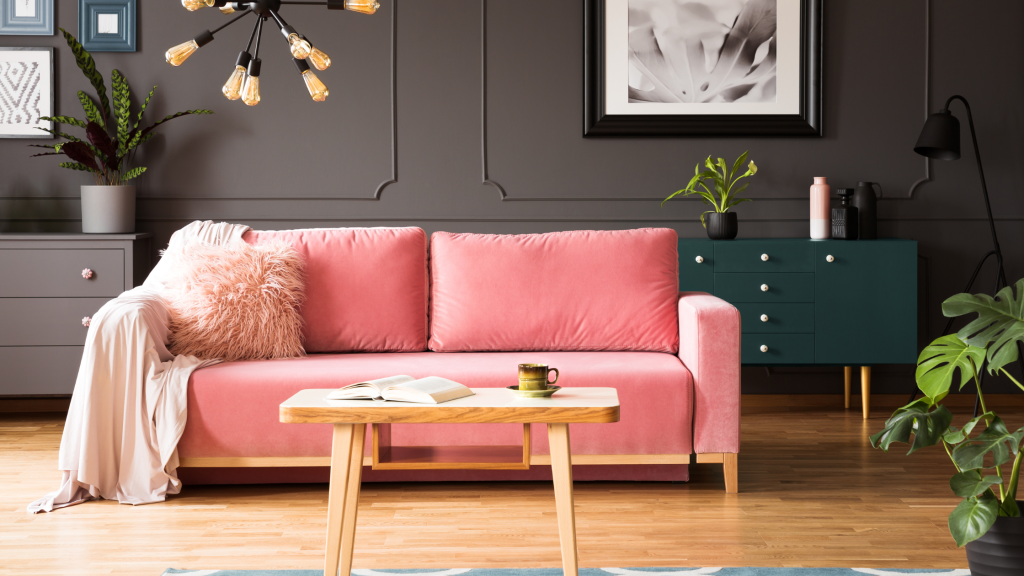
There are several compelling reasons why you might consider painting your interior woodwork. A fresh coat of paint can breathe new life into your existing woodwork, making it appear brighter, cleaner and more polished. This can significantly elevate the overall aesthetic of your space.
Create a cohesive feel
Painting your woodwork in a colour that complements your walls and furniture can create a sense of visual harmony and flow throughout the room.
Bring out the best in your property
Painting woodwork, especially mouldings and trims, can accentuate architectural details and add depth and dimension to the space.
Express your style
Psst! You’re not limited to traditional white or neutral tones. Painting your interior woodwork allows you to experiment with bolder colours or contrasting shades, adding a personal touch and reflecting your unique style.
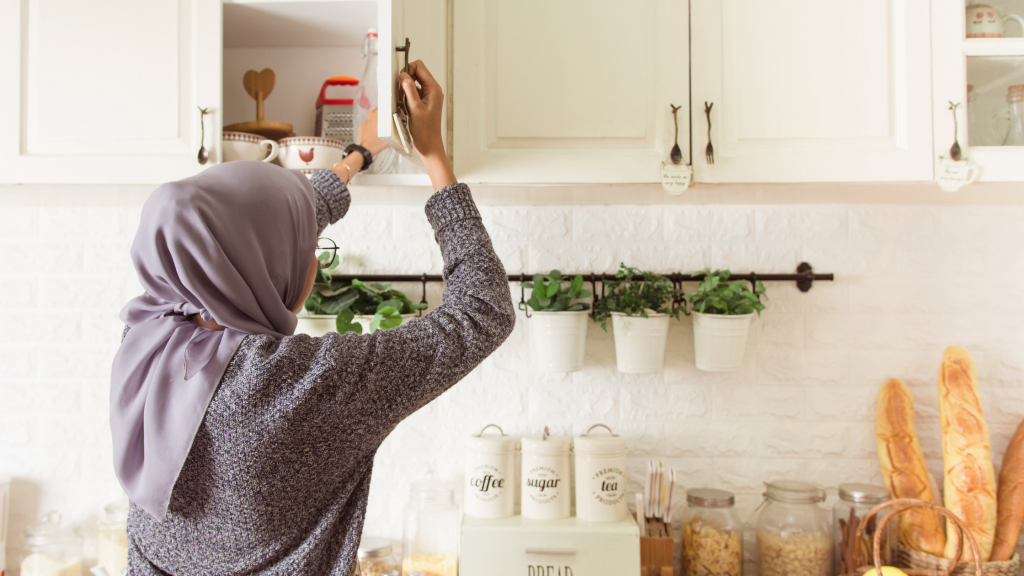
Paint acts as a protective layer, shielding your woodwork from everyday wear and tear, scratches, scuffs, and even moisture. This can prolong the lifespan of your woodwork and minimize the need for frequent repairs.
Also, painted surfaces are generally easier to clean and maintain compared to raw wood. Dust and grime can be easily wiped away with a damp cloth, making upkeep more manageable.
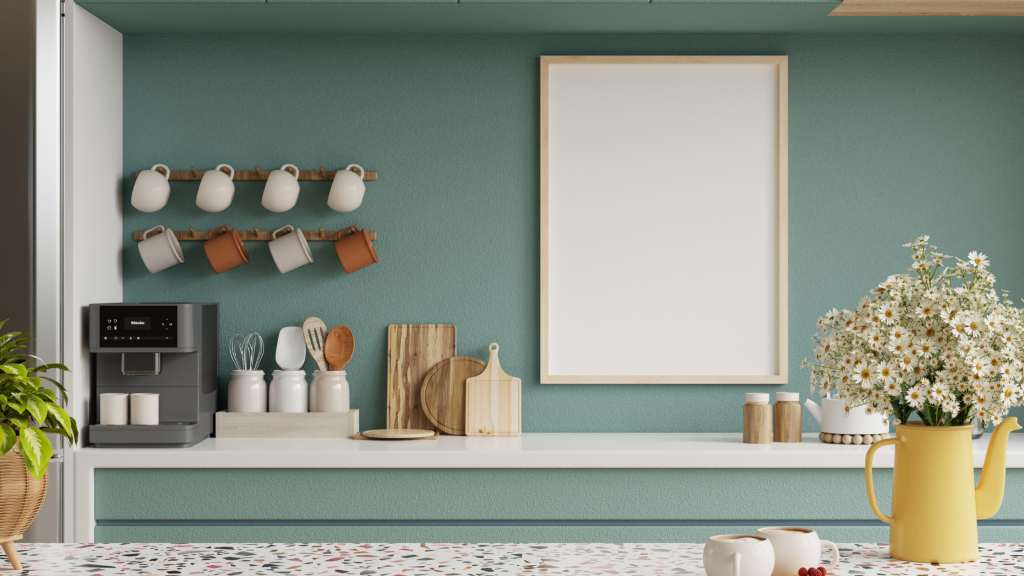
Painting is the perfect way to refresh outdated woodwork. If your existing woodwork appears worn, faded, or outdated, painting can be a cost-effective way to refresh and modernize the look without needing extensive replacements.
Paint can also effectively hide minor imperfections and blemishes on your woodwork, giving it a smooth and flawless finish.
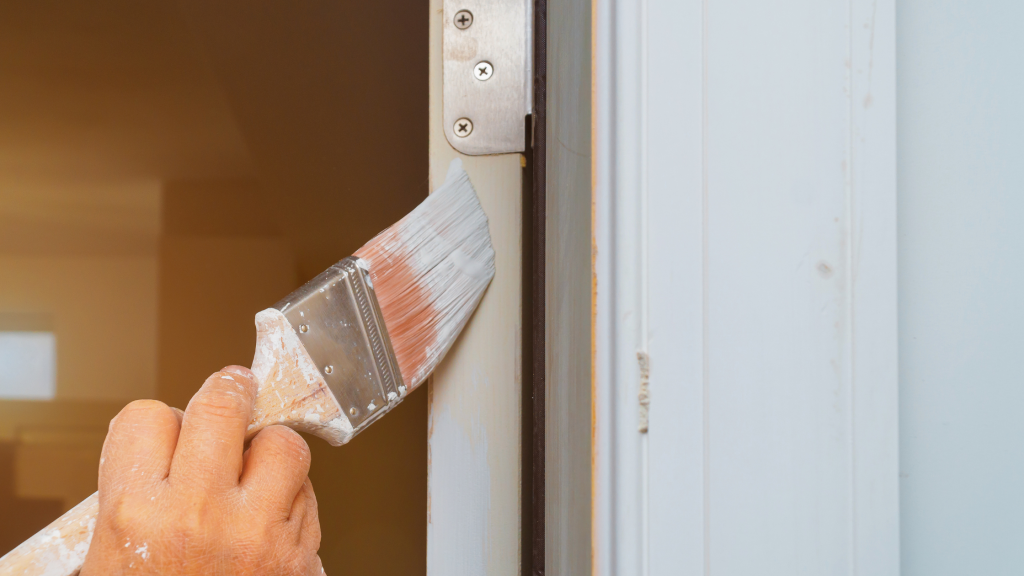
Ultimately, the decision to paint your interior woodwork is a personal one, based on your individual aesthetic preferences, needs and budget.
However, the potential benefits outlined above make it a worthwhile consideration for anyone looking to enhance the look, functionality, and longevity of their home’s interior feature
By following these steps and taking your time, you can achieve a beautiful, fresh coat of paint on your interior woodwork, revitalizing your space and adding a touch of personal style to your home.


Reasons to shop
with us
Specialist suppliers of high quality, internal and external folding and french doors. Buy direct for the best price.
Nationwide
Delivery
Delivery to most mainland UK postcodes within 3-7 working days. Free delivery on orders over £750.
The Climadoor
Guarantee Promise
All of our doors and hardware are guaranteed for ten years against the occurrence of manufacturing faults.
0203 846 0345
Telephone: 0203 846 0345 Email:
[email protected] ©Climadoor Ltd 2021. All rights reserved.
Showroom: Unit 2 Sinfin Central Business Park, Sinfin Lane, Derby DE24 9HL. Buy online or via selected stockists: Vibrant
Doors / Express Doors Direct / Vivid
Doors
Terms & ConditionsRefunds & ReturnsOur Guarantee PromisePrivacy PolicyClimadoor Voucher Codes Sitemap
Please contact us for details regarding our FSC® certified products.
Choosing the perfect bifold door for your space can be challenging with so many options available. Our Roomfold Comparison table is here to simplify the process, providing a side-by-side breakdown of the key features, specifications, and benefits of our Roomfold Standard, Deluxe, and Grande systems. Whether you’re prioritising size, finishes, or hardware, this detailed comparison will help you find the ideal solution tailored to your needs.
| Roomfold Standard | Roomfold Deluxe | Roomfold Grande | |
|---|---|---|---|
| Size Width Options | 1215mm - 3502mm | 1218mm - 4652mm | 836mm - 3891mm |
| Available Finishes | Unfinished Oak, Prefinished Oak, & White Primed | Unfinished Oak, Prefinished Oak,& White Primed | Unfinished Oak, Prefinished Oak, White Primed, Black |
| Door Options | 3,4, and 5 door options. | 3,4,5 & 6 door options | 2,3,4 and 5 door options |
| Trimming Ability - Height | 20mm on height (contact us for details, as some sets can be trimmed more than this) | 20mm on height (contact us for details, as some sets can be trimmed more than this) | 20mm on height (contact us for details, as some sets can be trimmed more than this) |
| Trimming Ability - Width | 20mm on 2 doors and then an extra 10mm per door thereafter. Where individual door leaf sizes are 686mm or bigger the trim allowance is 20mm per leaf - equal amounts off each side of the door. | 20mm on 2 doors and then an extra 10mm per door thereafter. Where individual door leaf sizes are 686mm or bigger the trim allowance is 20mm per leaf - equal amounts off each side of the door. | 20mm on 2 doors and then an extra 10mm per door thereafter. Where individual door leaf sizes are 686mm or bigger the trim allowance is 20mm per leaf - equal amounts off each side of the door. |
| Frame Depth | 78mm | 78mm | 133mm |
| Frame Height | 2078mm | 2078mm | 2060mm |
| Hardware | Top Hung only, with floor mounted pivot. | Top Hung, bottom guided, with 20mm high low level guide rail. Ideal for running different floorings up to each side. | Top Hung, with jamb mounted bottom pivot. Ideal for fitting on top of existing floorings, where the flooring finish is the same both sides of the door set. Or ideal on top of tiled floors. |
| Hardware Adjustment | Height - 6mm | Height - 6mm | Height - 10mm |
| Supplied with Drop Bolts | No | Yes | Yes |
| Delivery / Collection | Delivery £60, Collection free from either DE24 9HL, or S44 5HS, after order. All orders over £750 are free delivery. | Delivery £60, Collection free from either DE24 9HL, or S44 5HS, after order. All orders over £750 are free delivery. | Delivery £60, Collection free from either DE24 9HL, or S44 5HS, after order. All orders over £750 are free delivery. |
| Guarantee | 10 years against manufacturing defects | 10 years against manufacturing defects | 10 years against manufacturing defects |
| Bespoke Service Available (24 week lead time) | No | No | Yes |
| Key Features and Benefits | Pairmaker not supplied on “meeting door” configurations. Frame always supplied in an unfinished Oak for on-site decorating no matter the door finish. Face fit hinges and hinge handle. Ideal for customers that will have the doors in their fully open or fully closed position 90% of the time and not using the mechanism on a regular basis. Perfect for closing off a room ona budget renovations/ offices. Will allow through flooring. | Frame supplied matching the door finish chosen. Can fill larger openings as the bottom track allows up to six door systems. Smooth operation at larger total widths with connection to the head and base track on the end of every other door. Face fit hinges and hinge handle. Ideal for customers changing flooring between rooms as the 20mm high 74mm deep low-level threshold gives a clean break between flooring. A robust, cost-effective system. | Frame supplied matching the door finish chosen. Superior “external grade” hardware allowing an incredibly smooth operation with no need for a base track. Face fit hinges and hinge handle including an offset hinge system which allows the doors to stack more compact than the other Roomfold options. Supplied with door stops across the whole internal rebate of the frame leaving no gaps at the top between top edge of the doors and underside of the track meaning they will offer more in terms of heat retention and sound reduction between rooms. More opening options that can suit any home. Our highest specification system with upgraded, stylish hardware. |
| Overall Rating |

